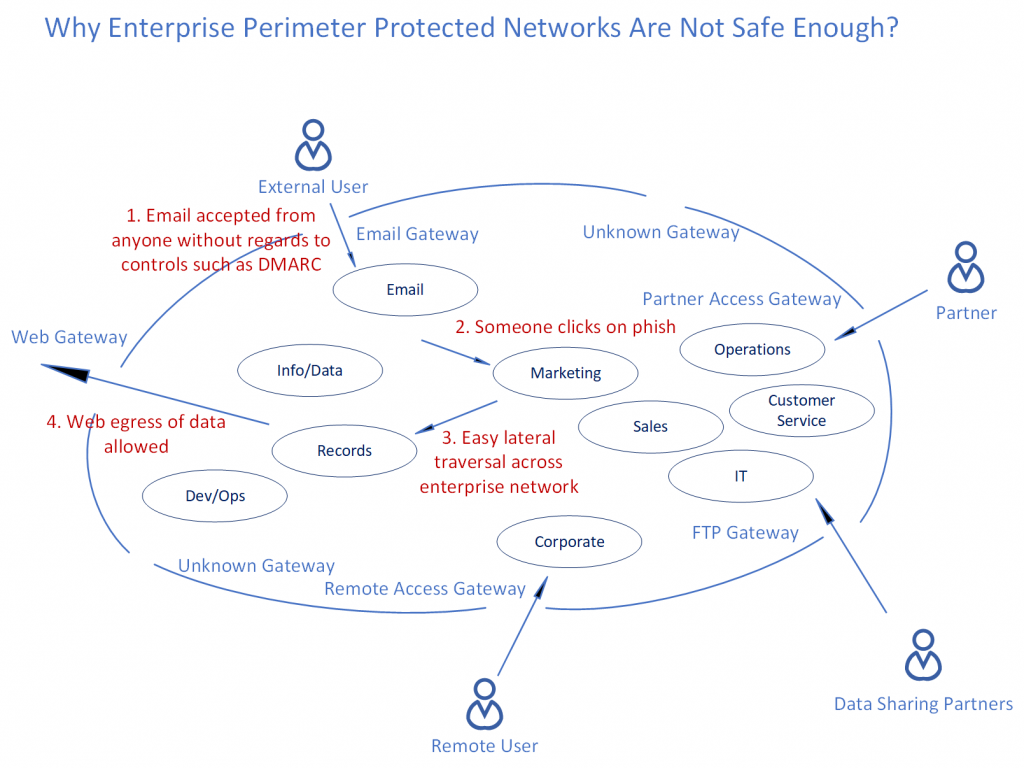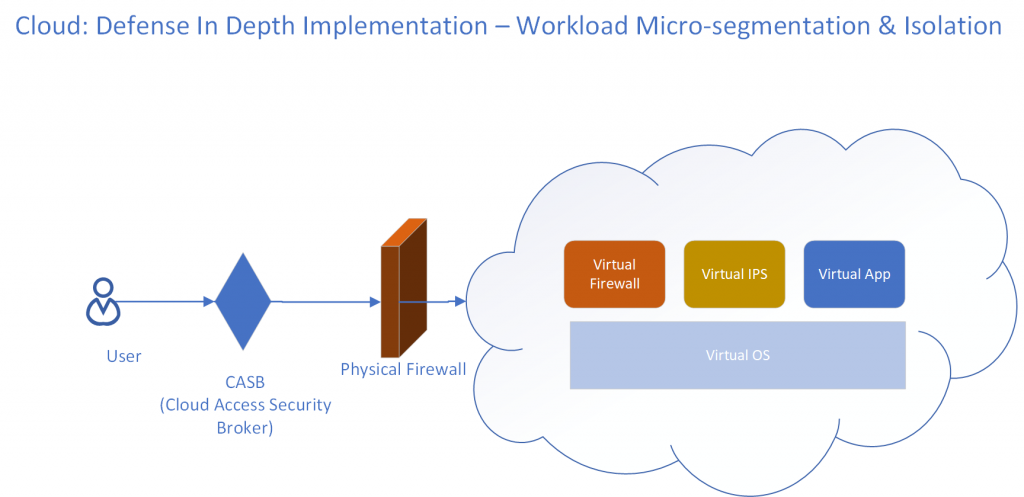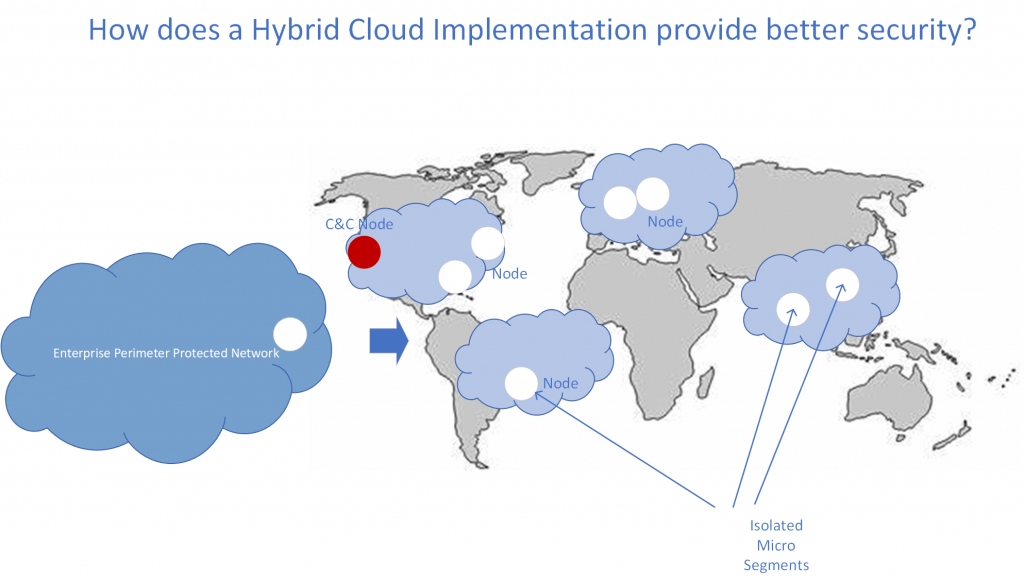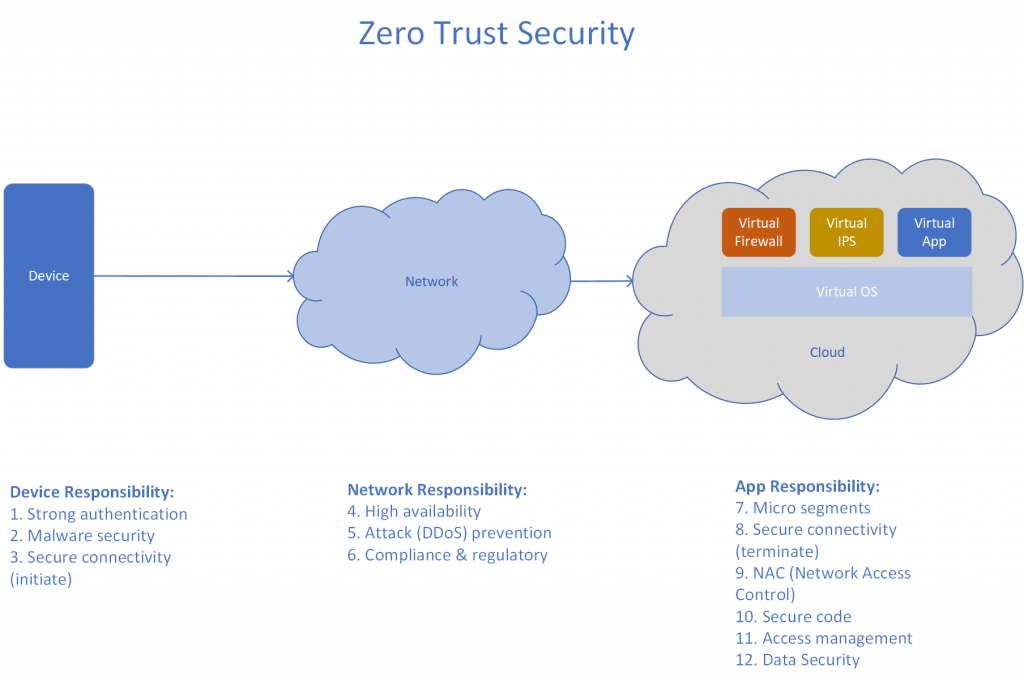What the lockdown shows us… the earth can regenerate without us and come back even more beautiful.
Here’s Paris, with its streets deserted and in its full glory without any humans outside. And here’s Bangalore, which reminds me so much of the 1980’s Bangalore that I grew up in. I often biked around the city, which is absolutely not possible in today’s Bangalore given the traffic and the unimaginable growth of the city. There is footage from Rome, Venice and New York. All makes you feel we are in a dystopian “I am Legend” world.
But there is something else as well – which is the earth does not need us, instead it is us who needs the earth. And in our pursuit of industrialization and rapid development, we have spoiled this pristine planet. Some of the following pictures show you what just a month of stopping industrial production can mean in terms of pollution.
But there is another way. Do we really need to pollute the planet that we live on just in the name of progress. As is evident from this podcast – The Ezra Klien Show in conversation with MacArthur genius Saul Griffith, or Saul’s post in Medium, it is possible to have a completely electric future based on harnessing renewables. The solar energy coming to the earth is 40,000 TW. Wind energy is about 3,600 TW. Bio fuels is about 90TW and geothermal at 32TW. Our entire consumption as a species is about 10-20TW. So it is entirely possible that with community micro power generation efforts we are able to move completely to an electric future without the pollution and extraction effects of fossil fuels just using solar and wind. Of course we would need to address the variability in power generation from these sources between night and day or seasonal variations. This would mean we need advancement in our storage and transmission technologies to really make this happen. Saul has some calculations in his article that this would need about 1% of the land area for solar collection. Today our roads take up 1% of the land area and roof tops about 0.5% – so this is entirely doable.
Towards this, we have started installing solar at home, but got caught up in first our utility company JCPL denying the size of the installation. Even when we pointed out that we had a much larger shade factor given the trees in the backyard on our retaining wall, they only agreed to a much smaller installation of about 16kW instead of the proposed 26kW system with the understanding that we could expand in a few months when the electricity generated did not meet all our needs. Then came the lockdown from covid-19. We were locked out for a few months, but finally we do have an install date – 8th June. Very excited and looking forward to it.
Another aspect to consider is looking at the total energy usage that we all have. For us the electric consumption is extraordinarily large – 22kWH over a year. Obviously I have some errant devices that are sucking away so much of power – but given we moved to this home 2 years ago, I have no clue what is this energy hog. Towards this, I am installing a device called IotaWatt that uses current transducers to measure power consumption at each breaker in the box. Once we determine which device needs to be replaced, I am planning on replacing or switching off those devices and using the power capacity to convert my natural gas furnaces to electric ones. While per watt they may be more expensive than natural gas, with your own generation of solar electricity, that should not really matter. Will keep you posted on how our plans proceed…








